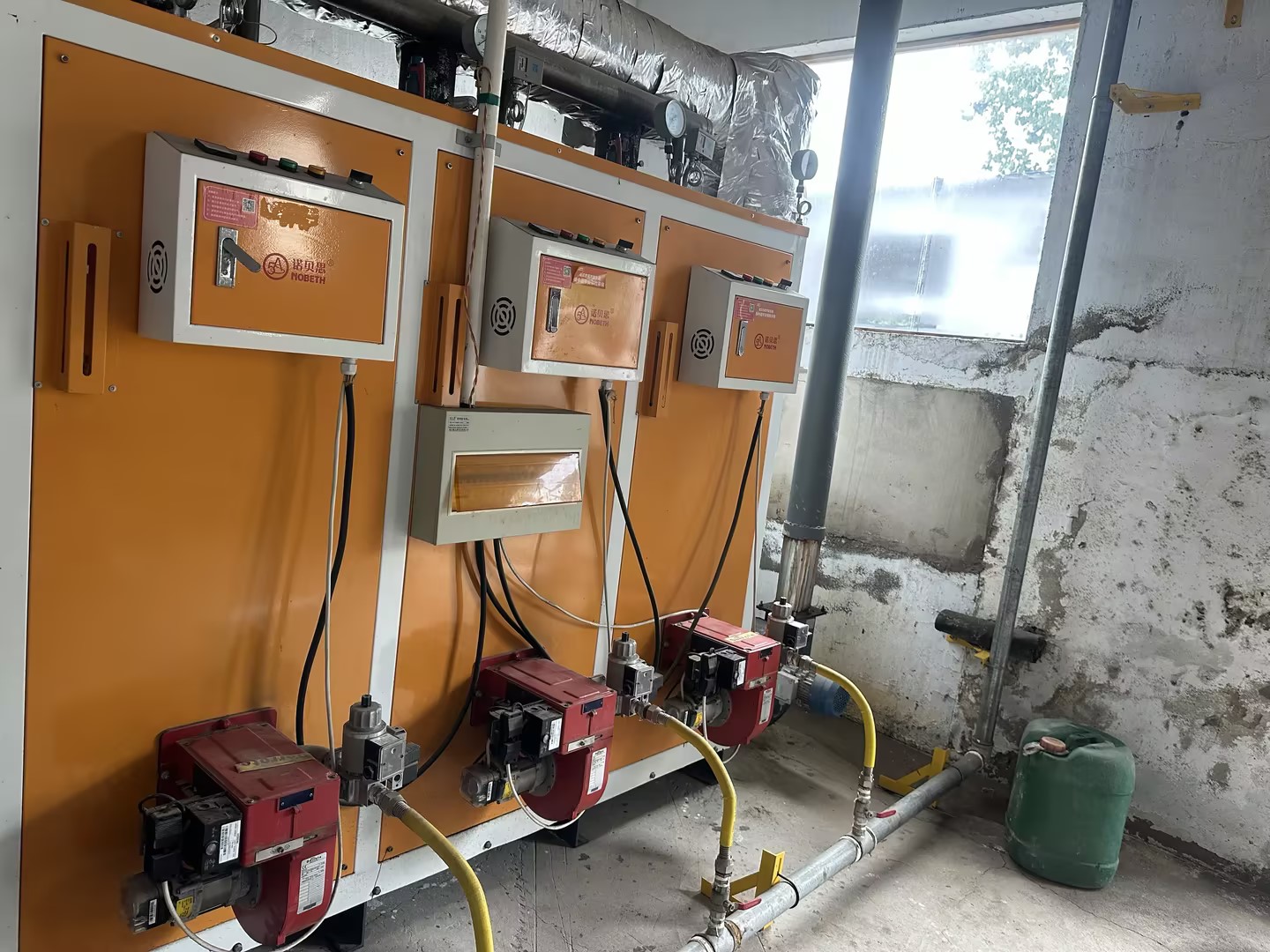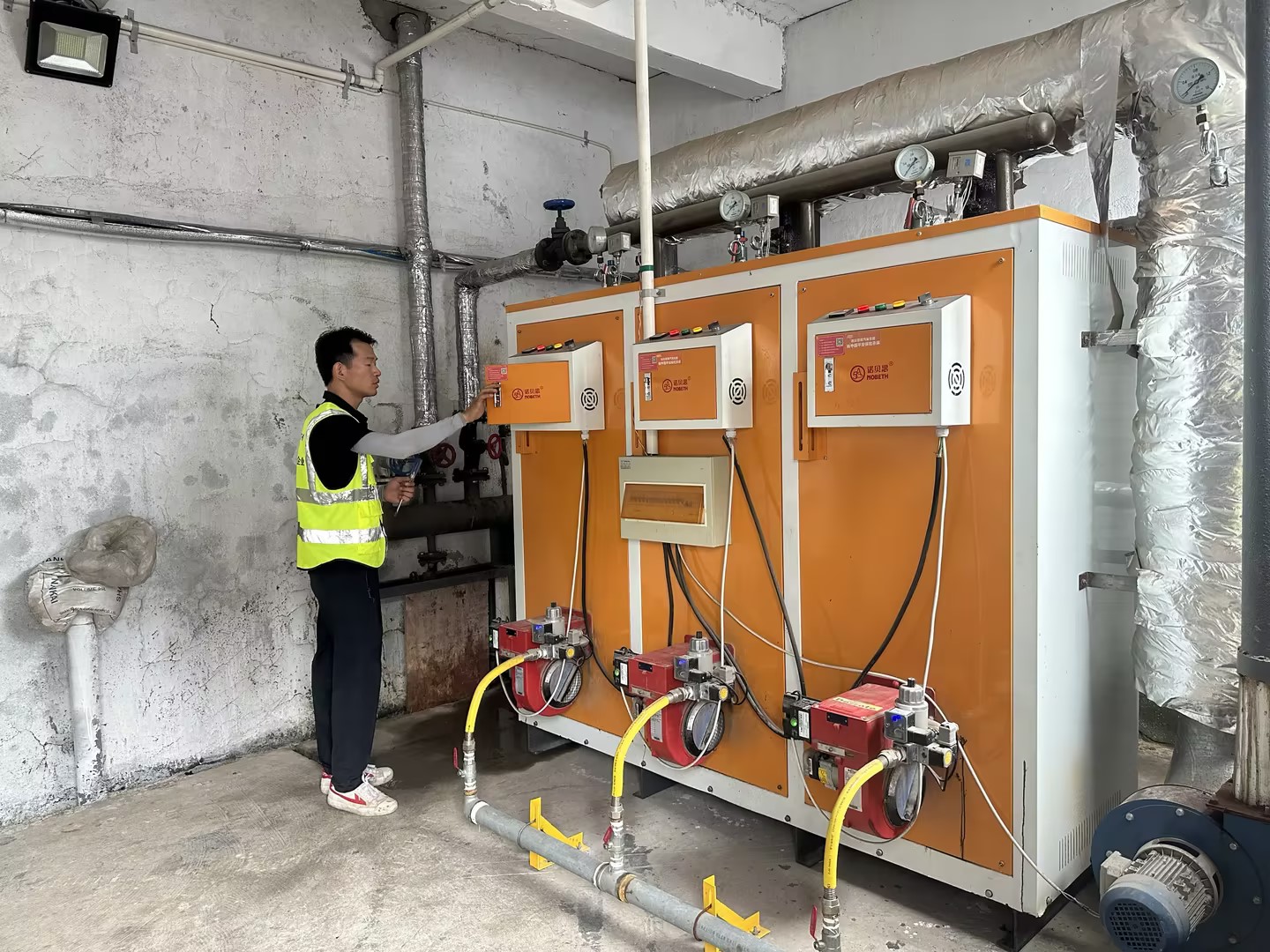A: Flash steam, also known as secondary steam, traditionally refers to the steam generated when condensate flows out from the condensate discharge hole and when condensate is discharged from the trap.
Flash steam contains up to 50% of the heat in condensed water. The use of secondary flash steam can save a lot of heat energy. However, the following conditions must be paid attention to when using secondary steam:
First of all, the amount of condensed water is large enough and the pressure is high, so as to ensure that there is enough secondary steam available. Traps and steam equipment must function properly in the presence of secondary steam back pressure.
Special attention should be paid to the fact that for equipment with temperature control, at low load, the steam pressure will decrease due to the action of the control valve. If the pressure drops below that of the secondary steam, it will not be possible to generate steam from the condensed water.
The second requirement is to have equipment for using low-pressure secondary steam. Ideally, the amount of steam used for low pressure loads is equal to or greater than the amount of secondary steam available.
Insufficient steam can be supplemented by a decompression device. If the amount of secondary steam exceeds the required amount, the excess steam must be discharged through a safety valve or controlled by a steam back pressure valve (overflow valve).
Example: Secondary steam from space heating can be utilized, but only during seasons when heating is required. Recovery systems become ineffective when heating is not required.
Therefore, whenever possible, the best arrangement is to supplement the process load with secondary steam from the heating process – secondary steam from heating condensate is used to supplement the heating load. In this way, supply and demand can be kept in sync.
Equipment using secondary steam is best located near a source of high pressure condensate. Pipelines for conveying low-pressure steam are inevitably relatively large, which increases installation costs. At the same time, the heat loss of large-diameter pipes is relatively large, which reduces the utilization rate of secondary steam.
Post time: Jul-25-2023






